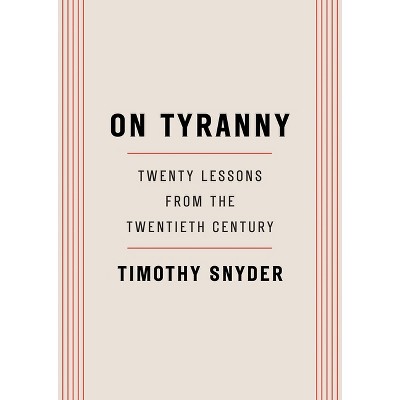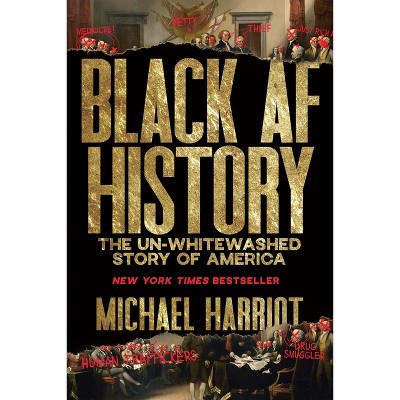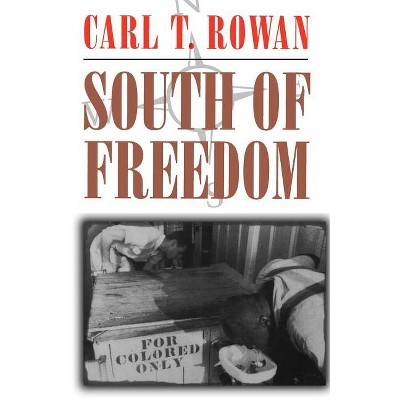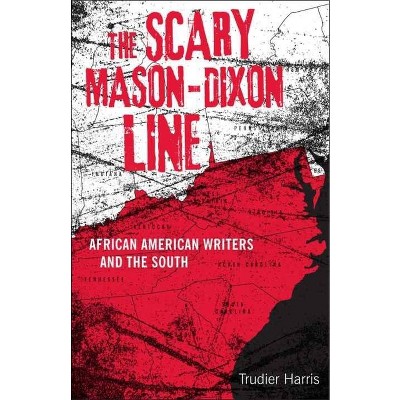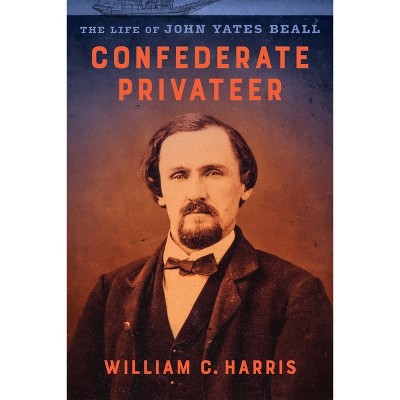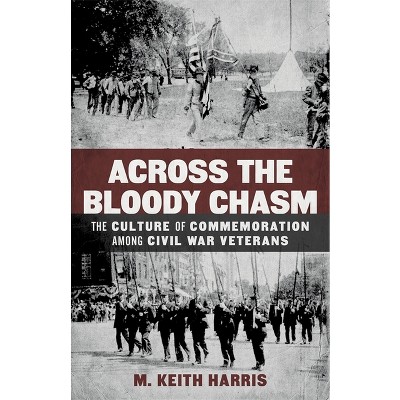About this item
Highlights
- Carl V. Harris's Segregation in the New South, completed and edited by W. Elliot Brownlee, explores the rise of racial exclusion in late nineteenth-century Birmingham, Alabama.
- About the Author: Carl V. Harris was professor of history at the University of California, Santa Barbara, and is the author of Political Power in Birmingham, 1871-1921.
- 300 Pages
- History, United States
Description
About the Book
"Carl V. Harris's Segregation in the New South explores the rise of racial exclusion in late nineteenth-century Birmingham, Alabama, a critical southern industrial city. In the 1870s, African Americans in Birmingham were eager to exploit the disarray of slavery's old racial lines, assert their new autonomy, and advance toward full equality. However, most southern whites-elite and non-elite alike-worked to restore the restrictive racial lines of the slave South or invent new ones that would guarantee the subordination of Black residents. From Birmingham's founding in 1871, color lines divided the city, and as its people strove to erase the lines or fortify them, they shaped their futures in fateful ways. Social segregation is at the center of Harris's history. From the beginning of Reconstruction, southern whites engaged in a comprehensive program of assigning social dishonor to African Americans-the same kind of dishonor that whites of the Old South had imposed on Black people while enslaving them. Harris's interpretation emphasizes the importance, even in early Reconstruction, of the white doctrine that Black freedpeople were inherently inferior, had inherited the abysmally low social status of slaves, and had to be rigorously excluded from social fellowship and social institutions. In the process, he reveals, southern whites engaged in constructing the meaning of race in the post-Civil War South. Harris's study draws on an extensive body of research in social psychology rarely utilized by historians, including the creation of group boundaries that illuminate the social construction of races. This model is dynamic, revealing how groups develop and evolve through encounters with other groups. Using this methodology, Harris explores segregation within the social core of southern society, probing the motivations of whites who devised Jim Crow, identifying and assessing the relative importance of transactional versus socio-emotional factors in the origins of discrimination, and discussing the reasons for the prolonged survival of Jim Crow"--Book Synopsis
Carl V. Harris's Segregation in the New South, completed and edited by W. Elliot Brownlee, explores the rise of racial exclusion in late nineteenth-century Birmingham, Alabama. In the 1870s, African Americans in this crucial southern industrial city were eager to exploit the disarray of slavery's old racial lines, assert their new autonomy, and advance toward full equality. However, most southern whites worked to restore the restrictive racial lines of the antebellum South or invent new ones that would guarantee the subordination of Black residents. From Birmingham's founding in 1871, color lines divided the city, and as its people strove to erase the lines or fortify them, they shaped their futures in fateful ways.
Social segregation is at the center of Harris's history. He shows that from the beginning of Reconstruction southern whites engaged in a comprehensive program of assigning social dishonor to African Americans--the same kind of dishonor that whites of the Old South had imposed on Black people while enslaving them. In the process, southern whites engaged in constructing the meaning of race in the New South.Review Quotes
"Carl V. Harris's Segregation in the New South uses Birmingham as a case study to revive a historiographical debate on the timing and nature of segregation. . . . Harris provides critical insights into the segregation of a city notorious for racial animus, but, because of the study's local focus, important outside factors are peripheral in the narrative. . . . this book is a model of interweaving qualitative and quantitative evidence through an interdisciplinary approach and pushes scholars to consider the socio-emotional factors that undergirded specific policies."--Journal of Southern History
"Harris walks the reader not just down Birmingham's streets, but even through its sewer system, to demonstrate the city's layers of segregation."--Robert C. Kenzer, author of Enterprising Southerners: Black Economic Success in North Carolina, 1865-1915
"Harris's reconstruction of the tactics of Birmingham's Black political leaders to resist white supremacy is remarkable, and his analyses of the discrimination in education and housing are careful, impressive, and original."--Henry M. McKiven Jr., author of Iron and Steel: Class, Race, and Community in Birmingham, Alabama, 1875-1920
"Harris's study, based on extraordinarily careful and impressive research, reveals in rich detail the structures of white supremacy in late nineteenth-century Birmingham."--J. Mills Thornton III, author of Dividing Lines: Municipal Politics and the Struggle for Civil Rights in Montgomery, Birmingham, and Selma
"In this thorough and thoughtful study, Harris reaches beyond the usual scholarship to delve into the interplay of emotional factors and the creation of a caste society."--Orville Vernon Burton, author of The Age of Lincoln: A History and coauthor of Justice Deferred: Race and the Supreme Court
About the Author
Carl V. Harris was professor of history at the University of California, Santa Barbara, and is the author of Political Power in Birmingham, 1871-1921.
W. Elliot Brownlee is professor emeritus of history at the University of California, Santa Barbara, and the author of Federal Taxation in America: A History.Shipping details
Return details
Trending History


